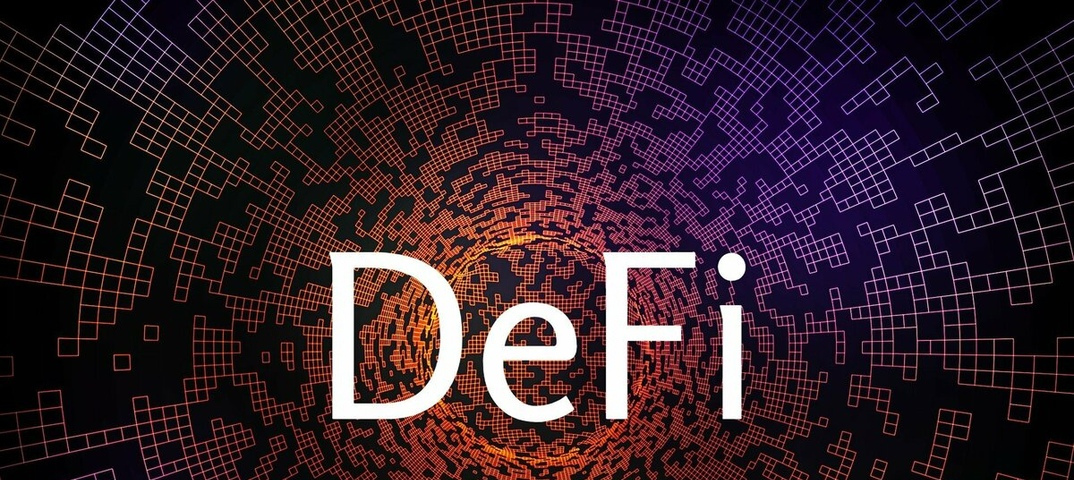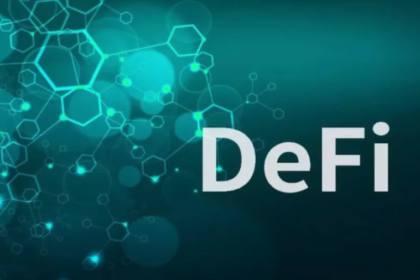The evolution of DeFi marks a significant shift in global finance, enabling trustless, borderless, and permissionless access to financial services. Beginning with Bitcoin as a simple peer-to-peer payment system, DeFi has grown into a robust ecosystem encompassing smart contracts, decentralized applications (dApps), and tokenized assets.
In this deep dive, we’ll trace the origins of decentralized finance, its exponential growth, and the possibilities it presents with the advent of Blockchain 3.0 technologies. By the end of this article, you’ll understand the significance of DeFi’s progression and how it continues to reshape the world of finance.
What is DeFi?
DeFi, short for decentralized finance, refers to financial services built on blockchain technology that eliminates intermediaries like banks, brokers, and centralized institutions. Instead, it relies on decentralized protocols and smart contracts to facilitate transactions, lending, staking, and more.
Unlike traditional finance, where trust is placed in centralized entities, DeFi operates on a trustless model where the code is law. This means that users retain full control of their assets while interacting with DeFi platforms.
Key Features of DeFi:
- Decentralization: No central authority; governance is community-driven.
- Transparency: All transactions and protocols are visible on the blockchain.
- Interoperability: DeFi applications can integrate with one another seamlessly.
- Accessibility: Anyone with internet access can participate in DeFi ecosystems.
The Birth of Bitcoin: The Foundation of DeFi
The story of DeFi begins with Bitcoin, the world’s first cryptocurrency, launched by Satoshi Nakamoto in 2009. Bitcoin introduced the concept of a decentralized, peer-to-peer payment system that bypasses traditional financial institutions.
Bitcoin’s blockchain was groundbreaking, but its functionality was limited to simple monetary transactions. Nevertheless, it laid the foundation for a decentralized financial ecosystem by demonstrating the power of blockchain technology.
Bitcoin’s Contributions to DeFi:
- Decentralized Ledger: A tamper-proof, transparent record of transactions.
- Trustless Transactions: Eliminated the need for intermediaries.
- Store of Value: Bitcoin became the first digital asset with scarcity akin to gold.
Ethereum: Introducing Smart Contracts
In 2015, Ethereum expanded the possibilities of blockchain with the introduction of smart contracts. Unlike Bitcoin, Ethereum was designed as a programmable blockchain, enabling developers to create decentralized applications (dApps) and automate transactions through smart contracts.
Smart contracts are self-executing agreements with the terms directly written into code. This innovation marked the birth of DeFi as we know it today, allowing for complex financial instruments like lending, borrowing, and trading without intermediaries.
Ethereum’s Role in DeFi Evolution:
- Smart Contracts: Enabled automation of financial services.
- ERC-20 Tokens: Standardized tokens for use in DeFi applications.
- dApps Ecosystem: Paved the way for decentralized exchanges (DEXs) and lending protocols.
The Rise of Stablecoins
One of the critical advancements in DeFi was the development of stablecoins. Unlike volatile cryptocurrencies like Bitcoin and Ethereum, stablecoins are pegged to stable assets like the US Dollar, providing a reliable store of value.
Stablecoins like Tether (USDT), USD Coin (USDC), and DAI became foundational to DeFi ecosystems, facilitating seamless trading, lending, and payments.
Why Stablecoins Are Crucial for DeFi:
- Reduced Volatility: Offers stability for users and liquidity providers.
- Cross-Border Transactions: Fast and cost-effective global payments.
- Integration in dApps: Widely used in lending and yield farming protocols.
Decentralized Exchanges (DEXs)
Decentralized exchanges like Uniswap, SushiSwap, and PancakeSwap revolutionized the trading landscape by enabling peer-to-peer crypto trading without intermediaries.
Using automated market makers (AMMs), DEXs allow users to provide liquidity to trading pairs and earn fees, making them a cornerstone of the DeFi ecosystem.
Benefits of DEXs:
- No Custody Risks: Users maintain control of their private keys.
- Permissionless Trading: Anyone can trade without KYC or approval.
- Liquidity Incentives: Users earn rewards by contributing to liquidity pools.
DeFi Lending and Borrowing
Lending and borrowing protocols like Aave, Compound, and MakerDAO have transformed traditional banking. These platforms allow users to lend their assets to earn interest or borrow funds by collateralizing their crypto holdings.
How DeFi Lending Works:
- Users deposit assets into a lending pool.
- Borrowers take loans by providing collateral.
- Interest rates are determined algorithmically based on supply and demand.
This system eliminates the need for credit scores and enables access to loans for underbanked populations.
Blockchain 2.0 vs. Blockchain 3.0
While Blockchain 2.0 (Ethereum) introduced programmability, Blockchain 3.0 aims to address scalability, interoperability, and energy efficiency. Platforms like Polkadot, Cardano, and Solana exemplify Blockchain 3.0 technologies.
Key Innovations in Blockchain 3.0:
- Scalability: Faster transaction processing and lower fees.
- Interoperability: Seamless communication between blockchains.
- Green Consensus: Energy-efficient consensus mechanisms like Proof-of-Stake (PoS).
The Role of NFTs in DeFi
Non-fungible tokens (NFTs) have expanded DeFi’s scope by enabling the tokenization of unique assets like art, music, and real estate. Platforms like Aavegotchi and NFTfi integrate NFTs with DeFi, offering new use cases like NFT-backed loans.
Regulatory Challenges in DeFi
Despite its potential, DeFi faces scrutiny from regulators due to concerns over money laundering, fraud, and investor protection. Balancing innovation with regulatory compliance remains a key challenge for the industry.
The Road Ahead for DeFi: Blockchain 3.0 and Beyond
With advancements in Blockchain 3.0, DeFi is poised for exponential growth. The integration of artificial intelligence, quantum computing, and interoperability standards will shape the future of decentralized finance.
FAQs
What is the primary purpose of DeFi?
DeFi aims to provide decentralized and permissionless access to financial services without intermediaries.
How does Blockchain 3.0 differ from Blockchain 2.0?
Blockchain 3.0 focuses on scalability, interoperability, and energy efficiency, whereas Blockchain 2.0 introduced programmability.
What are the risks of using DeFi platforms?
DeFi platforms may pose risks like smart contract bugs, price volatility, and regulatory uncertainty.
How do stablecoins support DeFi?
Stablecoins provide a stable store of value and are widely used for trading, lending, and liquidity provision.
Can I earn passive income through DeFi?
Yes, users can earn passive income through staking, yield farming, and providing liquidity to DEXs.
What is the significance of NFTs in DeFi?
NFTs enable the tokenization of unique assets and open new use cases like NFT-backed loans and fractional ownership.
Conclusion
The evolution of DeFi from Bitcoin to Blockchain 3.0 is a testament to the transformative power of blockchain technology. By enabling trustless, transparent, and borderless financial systems, DeFi has the potential to democratize access to financial services for billions worldwide.
As we transition into the era of Blockchain 3.0, the possibilities for DeFi are limitless. From reducing financial inequality to fostering innovation, DeFi is paving the way for a more inclusive and decentralized future.












